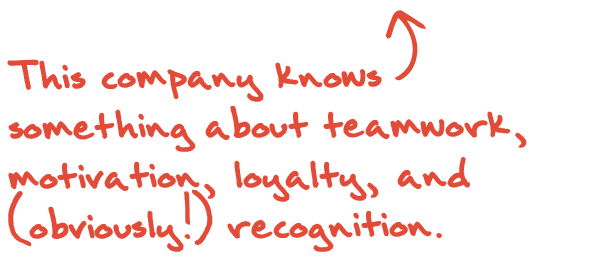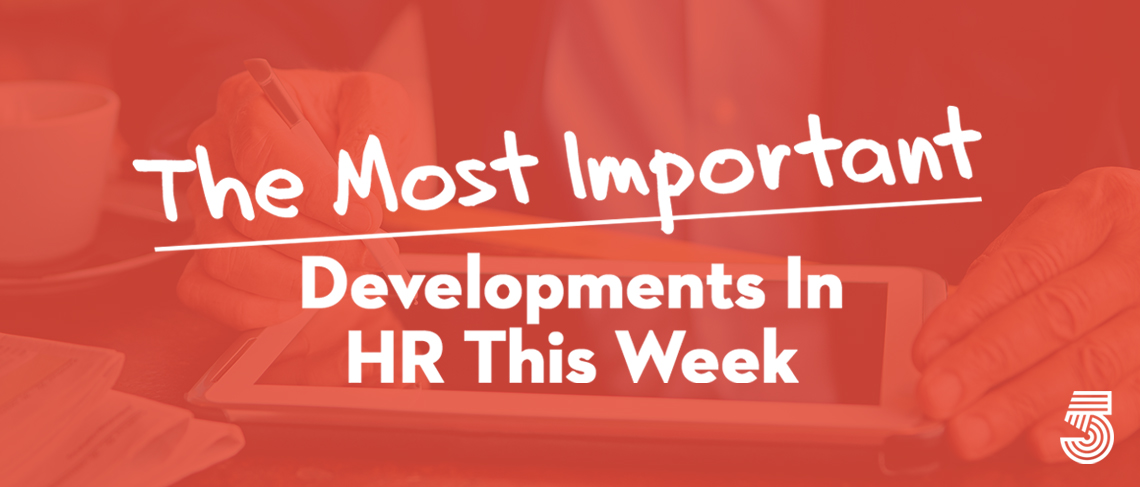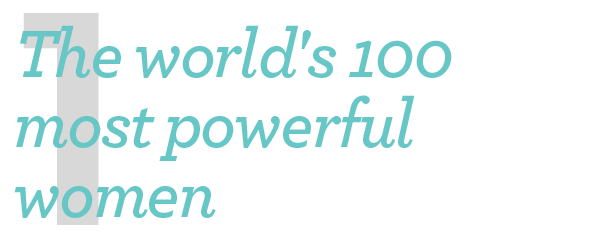
Forbes released its list of the 100 most powerful women in the world this week, leaders in government, business, philanthropy, and media. Standouts for HR: Mary Barra (#5), CEO of GM. In addition to investing billions in electric vehicles, Barra led GM to the #1 spot on the Global Report on Gender Equity. GM is one of only two global businesses that has no gender pay gap. Julie Sweet (#16), CEO of Accenture. One of her main priorities is diversity and equality in the workforce. Ruth Porat (#19), CFO of Alphabet. She was one of only a few top female execs that participated in the employee walkout at Google. Mary Callahan Erdoes, (#31) head of Asset & Wealth Management at JPMorgan Chase. She works to shape company culture through programs like ASCEND, which promotes female and ethnic diversity. Forbes
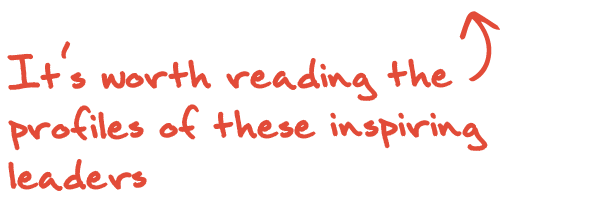
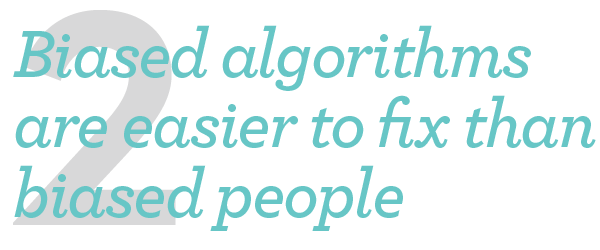
In one study published 15 years ago, two people applied for a job. Their résumés were about as similar as two résumés can be. One person was named Jamal, the other Brendan. In a study published this year, two patients sought medical care. Both were grappling with diabetes and high blood pressure. One patient was black, the other was white. Both studies documented racial injustice: In the first, the applicant with a black-sounding name got fewer job interviews. In the second, the black patient received worse care. But they differed in one crucial respect. In the first, hiring managers made biased decisions. In the second, the culprit was a computer program. Side by side, they show the stark differences between two types of bias: human and algorithmic. Changing people’s hearts and minds is no simple matter. For example, implicit bias training appears to have a modest impact at best. Changing algorithms is easier than changing people: Software on computers can be updated; the “wetware” in our brains has so far proven much less pliable. The New York Times
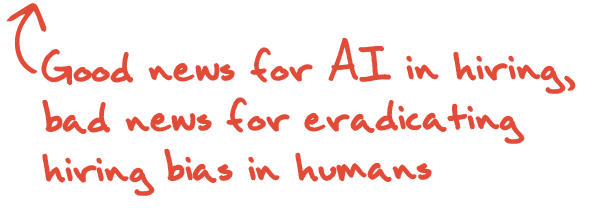

The forces that are driving the nation’s top technology talent to just a handful of cities have intensified in recent years, leaving much of the nation behind as the U.S. becomes a more digital economy, according to a new study. Just five metropolitan areas — Boston; San Diego; San Francisco; Seattle; and San Jose — accounted for 90% of all U.S. high-tech job growth between 2005 to 2017, according to the research by think-tank scholars Mark Muro and Jacob Whiton of the Brookings Institution and Rob Atkinson of the Information Technology and Innovation Foundation. The result is increased concentration of high-tech resources in just a few places and a strengthening of economic forces that are dividing the nation. Tech industries find they are most productive when they have resources clustered in few places. Such clustering, which economists call “agglomeration,” allows for the fast spread of new ideas and a concentrated talent pool from which businesses recruit. The forces of agglomeration, economists say, run counter to the idea that technology might allow people to work from anywhere, even in remote places. The Wall Street Journal
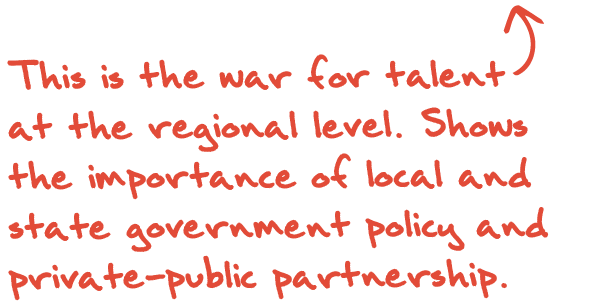
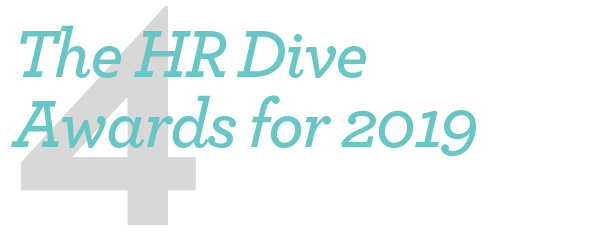
HR Dive released its annual awards for the companies and execs that shaped the HR industry during the year, and a few of the award winners caught our eye. Employer Brand of the Year: Southwest Airlines. The company is routinely lauded for its strong employer brand, driven in part by its approach to employee training and benefits. It was named the world’s #1 company for HR by Workforce magazine, and has a 4.3 rating on Indeed and Glassdoor, among the highest for its industry. Employee Initiative of the Year: Trilogy Education Services, for its coding boot camp model. The aim is to prep employees for the future of work, where coding will be in high demand. It launched intensive, instructor-led boot camps for adult learners designed to provide transformative learning. HR Dive
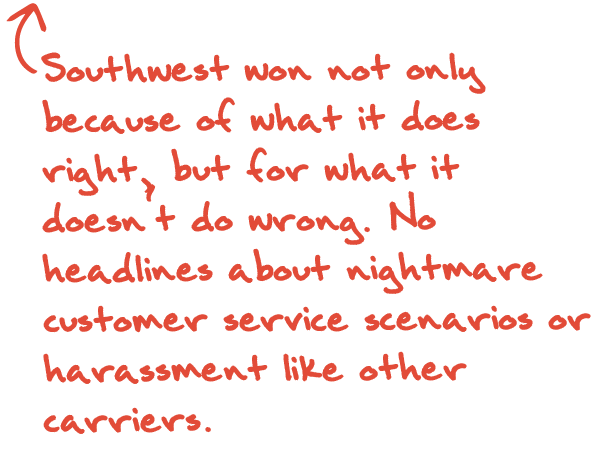
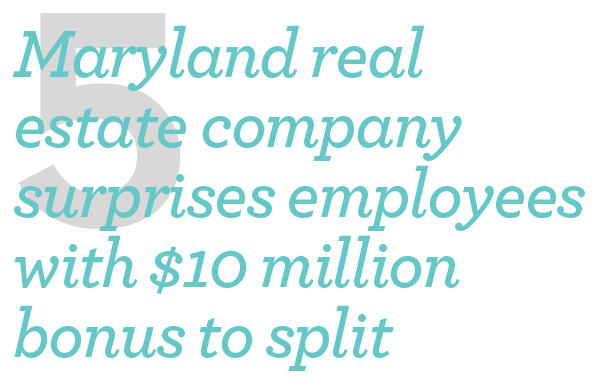
St. John Properties, a Baltimore-based commercial real estate property management and development company, provided a $10 million bonus for its 198 employees to split at its annual holiday party on Dec. 7. “The [bonus] distribution was based solely on years of service. It had nothing to do with a person’s position in the company,” Larry Maykrantz, president of St. John Properties, told Yahoo Finance in a phone interview. “We spent a little bit of time discussing it and believe me, once we made that decision, we realized that was the only fair and equitable way of handling this.” Individual employee bonuses ranged from $100 to $270,000. On average, each employee received about $50,000. What prompted this hefty bonus was the company’s goal back in 2005 to double the size of its portfolio from 10 million square feet to 20 million square feet, according to Maykrantz. At the time, St. John Properties had no idea how long the goal would take to reach, surmising it would take nearly 40 years. “It took 14 years,” Maykrantz said. “In celebration of that major achievement, we wanted to find a way to thank and reward all our employees.” Yahoo Finance
